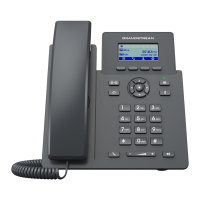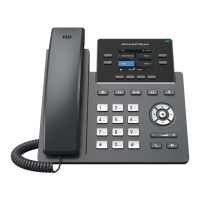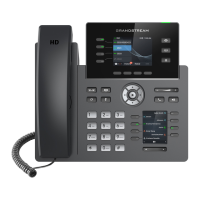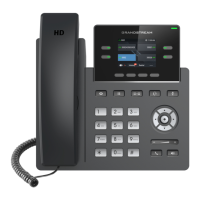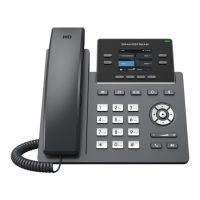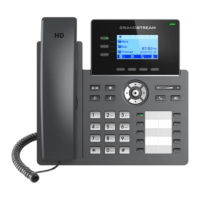Those P-values are:
*212 -- Config upgrade via
*234 -- Config prefix
*235 -- Config postfix
*237 -- Config upgrade Server
*240 – Authenticate Config File
*1359 – XML Config File Password
*8463 – Validate Server Certificate
*8467 – Download and process ALL Available Config Files
*20713 – Always authenticate before challenge
*22011 – Bypass Proxy For
*22030 – Enable SSL host verification for provision
*192 -- Firmware upgrade server
*232 -- Firmware prefix
*233 -- Firmware postfix
*6767 -- Firmware Upgrade Via
*6768 -- Firmware HTTP/HTTPS Username
*6769 -- Firmware HTTP/HTTPS Password
*237 -- Config upgrade Server
*212 -- Config upgrade via
*234 -- Config prefix
*235 -- Config postfix
*1360 -- Config HTTP/HTTPS username
*1361 -- Config HTTP/HTTPS password.
Note: (P-Values that trigger auto-provision)
If the p-values listed below are changed while managing configuration on web UI or LCD, the provision process will be
triggered:
Note: (Certificates and keys provisioning)
Users can configure the phone to get all the needed certificates during boot up. Instead of putting the certificate/key content in
the text directly from the Web interface or uploading them manually, they can choose to provision them from the configuration
file by putting the URL in the P-value field of each certificate and/or key. (e.g. http://ProvisionServer_address/SIP-TLS-
Certificate.pem) The phone will then process the URL, search for the appropriate certificate/Key file, download it and then apply
it to the phone.
